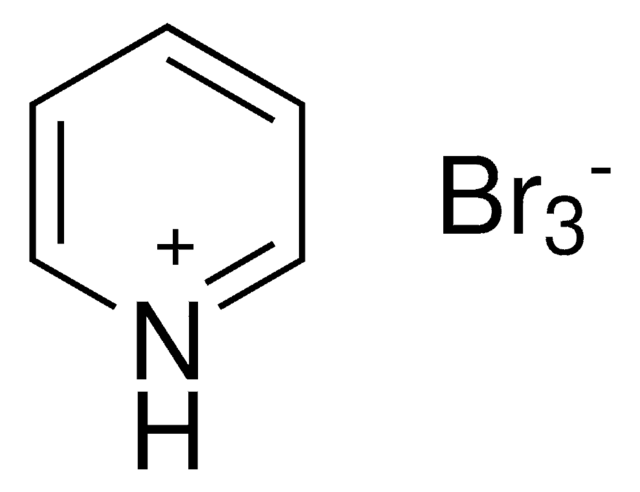All Photos(2)
About This Item
Linear Formula:
C6H5C≡CC6H5
CAS Number:
Molecular Weight:
178.23
Beilstein:
606478
EC Number:
MDL number:
UNSPSC Code:
12352100
PubChem Substance ID:
NACRES:
NA.22
Recommended Products
Quality Level
Assay
98%
form
crystals
bp
170 °C/19 mmHg (lit.)
mp
59-61 °C (lit.)
density
0.99 g/mL at 25 °C (lit.)
SMILES string
c1ccc(cc1)C#Cc2ccccc2
InChI
1S/C14H10/c1-3-7-13(8-4-1)11-12-14-9-5-2-6-10-14/h1-10H
InChI key
JRXXLCKWQFKACW-UHFFFAOYSA-N
Looking for similar products? Visit Product Comparison Guide
Related Categories
Storage Class Code
11 - Combustible Solids
WGK
WGK 3
Flash Point(F)
Not applicable
Flash Point(C)
Not applicable
Personal Protective Equipment
dust mask type N95 (US), Eyeshields, Gloves
Choose from one of the most recent versions:
Already Own This Product?
Find documentation for the products that you have recently purchased in the Document Library.
Customers Also Viewed
FRET detection of proteins using fluorescently doped electrospun nanofibers and pattern recognition.
Bryce W Davis et al.
Langmuir : the ACS journal of surfaces and colloids, 27(10), 6401-6408 (2011-04-16)
This paper reports the fabrication of solid-state nanofiber sensor arrays and their use for detection of multiple proteins using principal component analysis (PCA). Four cationic and anionic fluorescently embedded nanofibers are generated by an electrospinning method, yielding unique patterns of
Dai Nishimura et al.
The Journal of organic chemistry, 73(7), 2496-2502 (2008-03-14)
Novel [2]rotaxanes bearing alpha-cyclodextrin (alpha-CD) derivatives and a diphenylacetylene axis molecule with trinitrobenzene as a bulky stopper have been prepared to investigate the relative rotary movement of a ring relative to an axis molecule and that of an axis molecule
H Zhang et al.
Organic letters, 3(20), 3083-3086 (2001-09-28)
[reaction: see text] A variety of substituted beta- and gamma-carbolines have been prepared in good to excellent yields by the annulation of internal acetylenes by the tert-butylimines of N-substituted 3-iodoindole-2-carboxaldehydes and 2-haloindole-3-carboxaldehydes, respectively, in the presence of a palladium catalyst.
Ian M Jones et al.
Angewandte Chemie (International ed. in English), 50(52), 12569-12571 (2011-12-17)
The conformational equilibrium of a pH-dependent switch based on an intramolecularly H-bonded diphenylacetylene can be predictably biased by using electron-donating or -withdrawing groups. Furthermore, protonation of the electron-donating dimethylamino group converts it into an electron-withdrawing dimethylammonium cation with a concomitant
Kazuki Tainaka et al.
The journal of physical chemistry. B, 114(45), 14657-14663 (2010-06-01)
DNA-mediated charge transfer has recently received a substantial attention because of its biological relevance in the DNA damage and DNA repair as well as the potential applications to nanoscale electronic devices. In contrast to the numerous mechanistic studies on oxidative
Our team of scientists has experience in all areas of research including Life Science, Material Science, Chemical Synthesis, Chromatography, Analytical and many others.
Contact Technical Service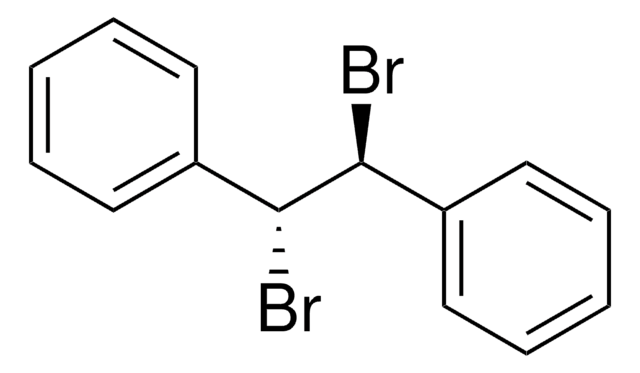

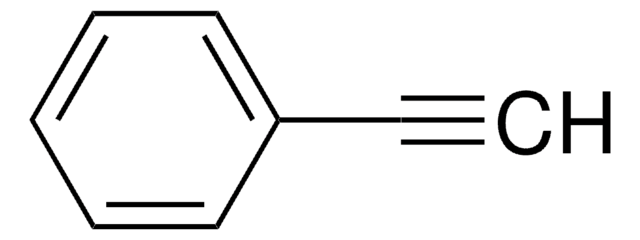
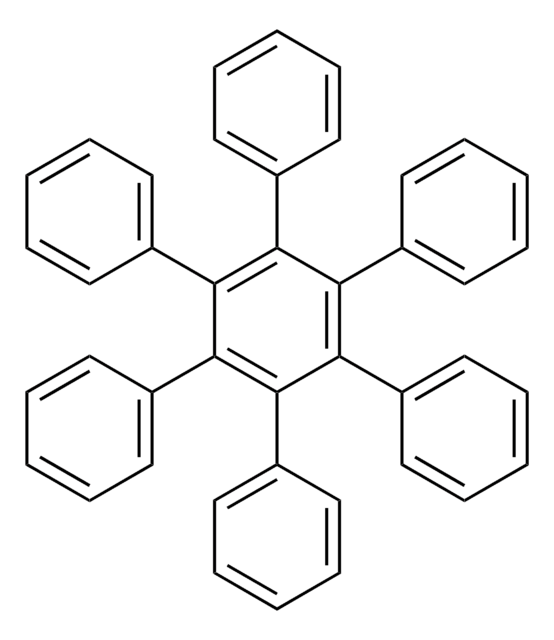
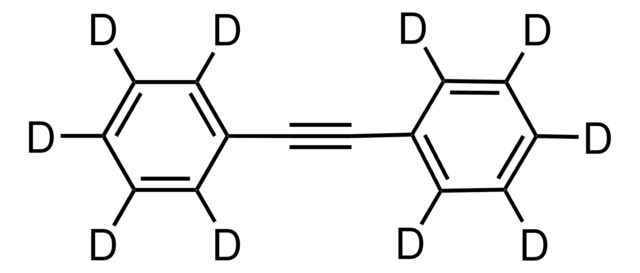
![4-[(4-Fluorophenyl)ethynyl]phenol AldrichCPR](/deepweb/assets/sigmaaldrich/product/structures/188/684/0b16c024-0d26-4b43-a607-60b40446e593/640/0b16c024-0d26-4b43-a607-60b40446e593.png)




